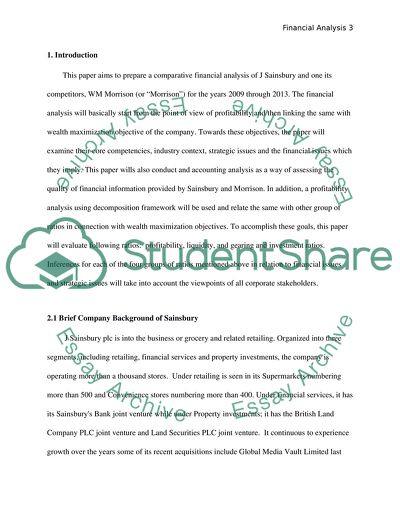Cite this document
(Financial Analysis Assignment Example | Topics and Well Written Essays - 3000 words, n.d.)
Financial Analysis Assignment Example | Topics and Well Written Essays - 3000 words. https://studentshare.org/finance-accounting/1810932-financial-analysis
Financial Analysis Assignment Example | Topics and Well Written Essays - 3000 words. https://studentshare.org/finance-accounting/1810932-financial-analysis
(Financial Analysis Assignment Example | Topics and Well Written Essays - 3000 Words)
Financial Analysis Assignment Example | Topics and Well Written Essays - 3000 Words. https://studentshare.org/finance-accounting/1810932-financial-analysis.
Financial Analysis Assignment Example | Topics and Well Written Essays - 3000 Words. https://studentshare.org/finance-accounting/1810932-financial-analysis.
“Financial Analysis Assignment Example | Topics and Well Written Essays - 3000 Words”. https://studentshare.org/finance-accounting/1810932-financial-analysis.


